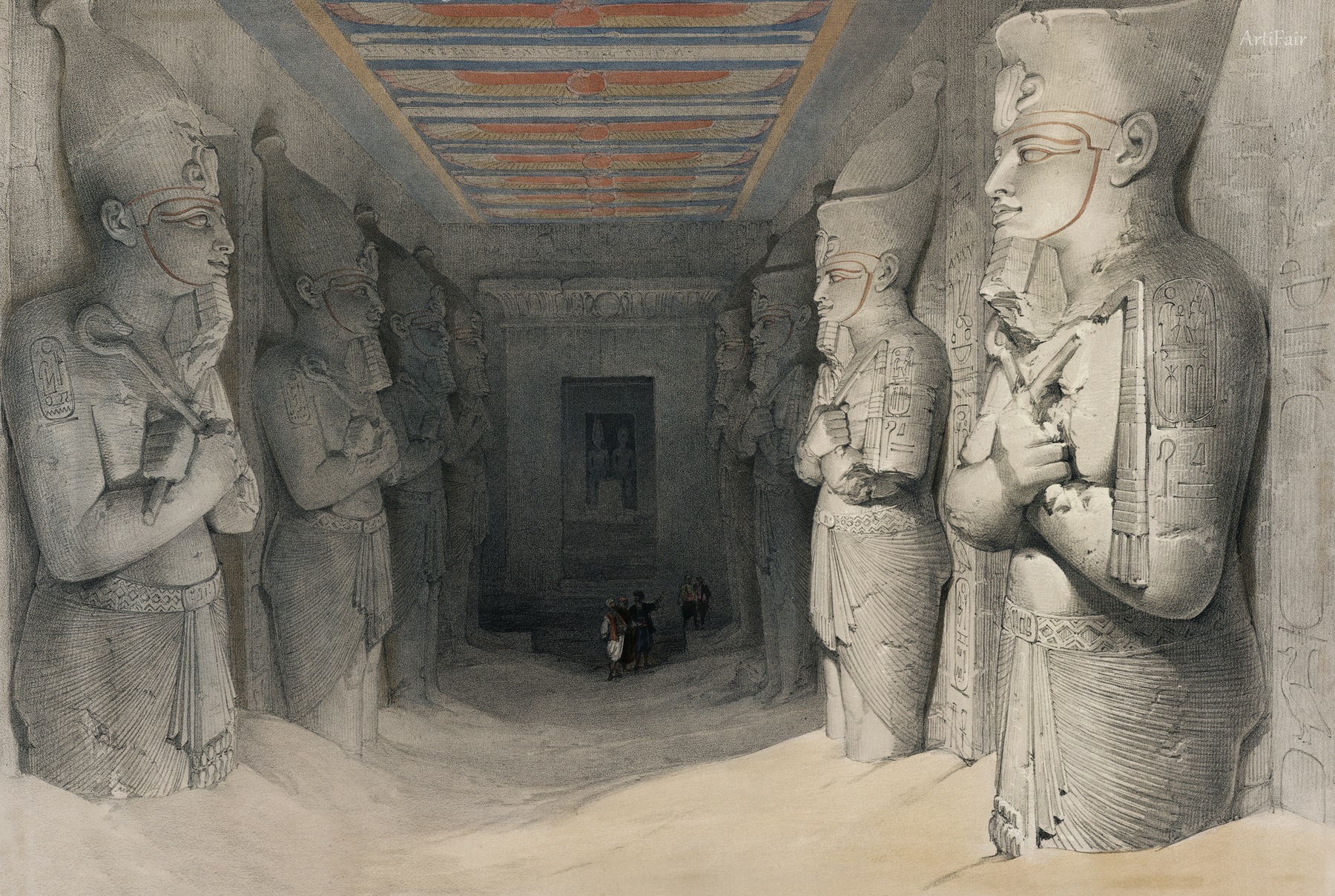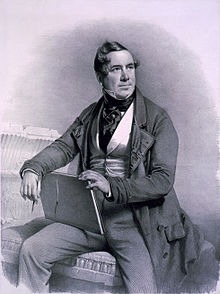

David Roberts
GB
47
Artworks
1796 - 1864
Lifespan
Artist Biography
David Roberts (1796–1864) was a distinguished Scottish painter who rose from humble beginnings to become a leading figure in 19th-century British art. Renowned for his meticulous and evocative depictions of architectural wonders and landscapes, Roberts achieved international fame, particularly for his groundbreaking series of lithographs, "The Holy Land, Syria, Idumea, Arabia, Egypt, and Nubia." His extensive travels to the Near East made him a prominent Orientalist painter, capturing scenes of exotic locales with unparalleled detail and romantic sensibility long before the advent of photography. Elected as a Royal Academician in 1841, Roberts left an indelible mark on the artistic representation of distant lands, influencing public perception and artistic trends of his era.
Born in Stockbridge, Edinburgh, on October 24, 1796, David Roberts was the son of a shoemaker. Displaying artistic talent from a young age, he was apprenticed for seven years to Gavin Beugo, a house painter and decorator. During this period, Roberts diligently studied art in the evenings, honing his skills alongside fellow apprentice David Ramsay Hay, who became a lifelong friend. His formal training was practical, but his ambition drove him beyond decorative work. In 1815, he secured his first paid job as a foreman for the redecoration of Scone Palace. However, it was his engagement in 1816 to paint scenery for James Bannister's circus that marked the true beginning of his artistic career, setting him on a path that would eventually lead him far from Scotland.
Roberts's talent for scene painting quickly flourished. After touring England with Bannister's circus, he worked for various theatres, including the Pantheon Theatre in Edinburgh and the Theatre Royal in Glasgow, eventually becoming a principal scene-painter at the Theatre Royal in Edinburgh in 1819. It was here he met the actress Margaret McLachlan, whom he married in 1820; their daughter, Christine, was born the following year. The marriage, however, was later strained by Margaret's struggles with alcoholism. During this period, Roberts befriended fellow artist William Clarkson Stanfield, who also worked as a scene painter and encouraged Roberts's burgeoning interest in landscape painting. In 1822, seeking greater opportunities, Roberts moved to London with his family, initially working for the Coburg Theatre and later collaborating with Stanfield at the prestigious Theatre Royal, Drury Lane, on spectacular dioramas and panoramas that captivated audiences.
While excelling in theatrical design, Roberts increasingly dedicated himself to easel painting. He began exhibiting his works, with three paintings accepted by the Fine Arts Institution of Edinburgh in 1821. His move to London furthered his ambitions as a fine artist. He exhibited a view of Dryburgh Abbey at the British Institution in 1824 and sent works to the Society of British Artists. A pivotal trip to Normandy in the autumn of 1824 provided rich subject matter, and his paintings of French cathedrals, such as Rouen Cathedral, began to establish his reputation. By 1829, he was working full-time as a fine artist, and in 1831, he was elected president of the Society of British Artists. His artistic horizons expanded further with travels to Spain and Tangiers between 1832 and 1833, resulting in a popular series of "Picturesque Sketches in Spain" reproduced as lithographs.
The defining chapter of Roberts's career began in 1838 when, encouraged by J.M.W. Turner, he embarked on an extensive tour of Egypt and the Holy Land. Over nearly two years, he journeyed through Egypt, Nubia, the Sinai Peninsula, Palestine, Jordan, and Lebanon, creating a vast portfolio of detailed sketches and watercolours. This region, rich in biblical and historical significance, was of immense public interest in Britain. Roberts meticulously documented ancient monuments, landscapes, and local life, often under challenging conditions. His work culminated in the monumental publication, "The Holy Land, Syria, Idumea, Arabia, Egypt, and Nubia" (1842–1849), featuring 247 lithographs expertly rendered by Louis Haghe. This series was an unprecedented success, sold by subscription (with Queen Victoria as the first subscriber), and widely acclaimed for its accuracy, artistry, and the romantic grandeur it conveyed.
Upon his return to Britain, the success of his Near Eastern works solidified Roberts's fame. He was elected an Associate of the Royal Academy (ARA) in 1838 even before the lithographs were published, and a full Royal Academician (RA) in 1841. He continued to travel, visiting Italy in 1851 and 1853, producing notable paintings of Venice and Rome, and published "Italy, Classical, Historical and Picturesque" in 1859. Queen Victoria commissioned him to paint the "Inauguration of the Exhibition of 1851." In his later years, he focused on a series of views of London from the Thames. David Roberts died suddenly of a stroke on November 25, 1864, in London. He left behind a legacy as one of Britain's foremost topographical and architectural artists and a key figure in the Orientalist movement. His works remain invaluable historical records and are admired for their technical skill, atmospheric effects, and their ability to transport viewers to distant and historic lands.